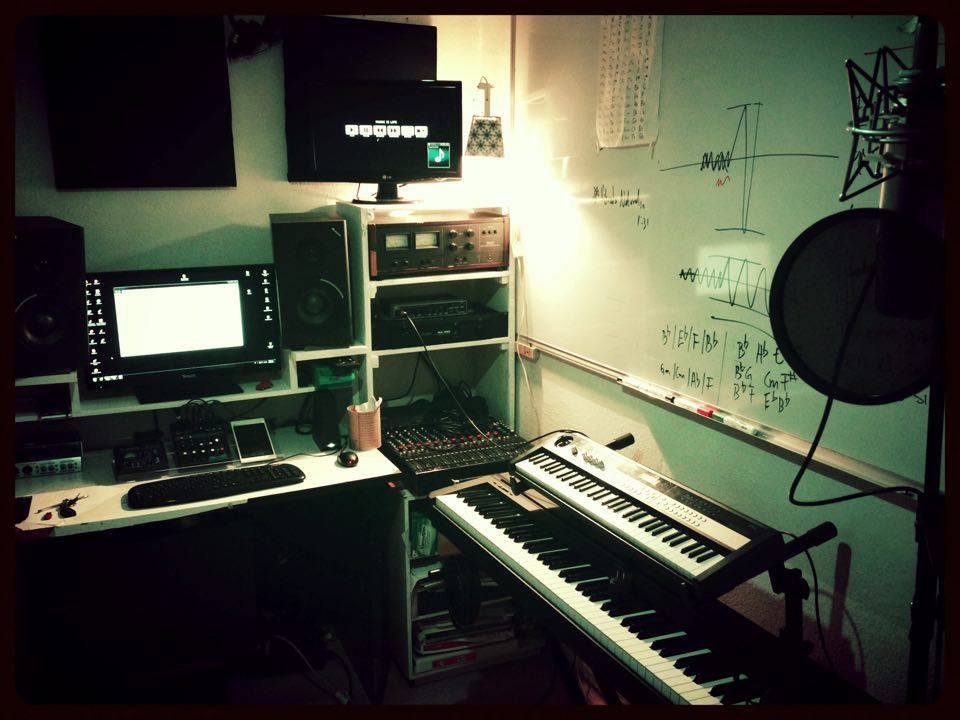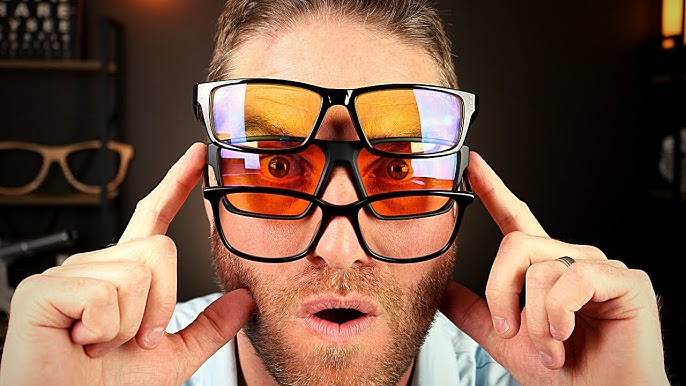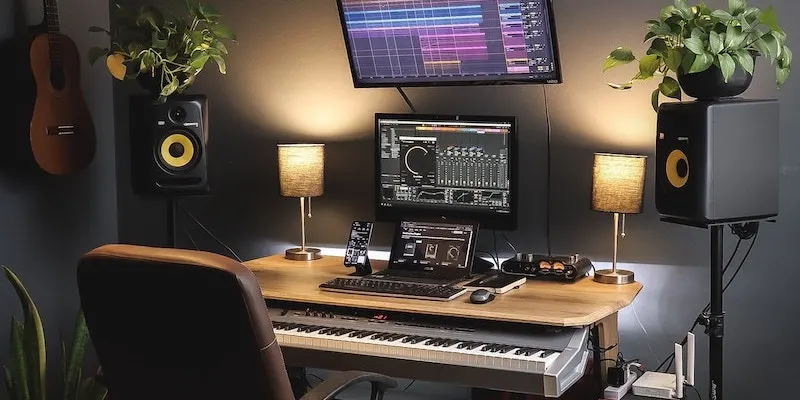10 Things Music Producers Often Overlook (But Should Really Consider)
While most of us know the golden rules of music production – acoustically treated room, keeping your files organised, effective gain staging etc there are some things that we often overlook as music producers.
In this post, we check out 10 not-so-obvious things that could help make you more productive and your workflow more efficient. So, in no particular order let us begin.
1. Comfortable Chair and Slippers

Studio sessions often require long hours sitting at your computer. This can put strain on your back which can in turn affect focus. A supportive, ergonomic chair can help maintain energy levels and make music production an even more enjoyable process. As for a nice pair of comfortable studio slippers – happy feet = a happy mind.
2. High-Quality Power Strips and Surge Protectors
Protecting gear from power surges is essential. Especially when it comes to computers and hard drives. Electrical storms or power cuts can lead to surges that can cause significant damage and disrupt your session. Quality surge protectors can also prevent hum and noise interference.
3. Physical Notepad or Whiteboard

We may live in an almost exclusively digital world but it’s important not to overlook certain traditional methods. Jotting down ideas or concepts quickly as they come into your head means they are preserved and with a whiteboard in your studio, these ideas are instantly accessible. Whiteboards or Notebooks can also be used for making arrangement notes, marketing ideas, daily goals or anything that requires a quick form of notation and referencing.
4. A Clean Desktop Screen and Clear DAW Interface
Nothing quite induces a sense of chaos like your desktop screen being overrun by files and folders. Make time to create an organized filing system, housing everything in folders within folders. It’s also great to extend this level of organisation to your DAW, colour-coding and naming your tracks properly. It’s easy to get lost in a sea of vox 1, vox 2, vox 3 etc and as a result end up editing the wrong channel. Good naming helps speed up navigation and makes it easier to focus on the most important thing – creativity.
5. Desk Organization and Cable Management
A cluttered workspace can psychologically hinder creativity and slow down your workflow. Avoid unnecessary clutter and keep your workspace clean and free of excess dust. Keeping cables organized and whenever possible hidden out of view can also help improve your studio environment. If you have a lot of cables and power leads its a great idea to use a labelling system so you can find the right leads quickly and not unplug the wrong object.
6. Nice Studio Lighting

Don’t underestimate the effect good lighting can have on your studio space. Lighting is a crucial element in creating a comfortable and welcoming environment. Warm LED strips or adjustable desk lamps, can set a mood that boosts creativity, reduces eye strain, and makes your studio feel inviting.
7. Dedicated Hard Drives
Keeping your sample libraries and projects on separate drives helps with faster load times and better organization. Try to invest in large capacity solid state drives. SSD drives are faster and more reliable. And by investing in larger data capacity you’re less likely to have to juggle between drives because you have run out of storage. Something that could present significant issues when using HDs to store sample libraries.
8. Reference Tracks
When it comes to mixing your music having good reference tracks is essential. They allow you to compare and contrast elements such as EQ, dynamics, energy and feel. By creating a small library of personally plucked reference tracks it will save you time when it comes to choosing a track or tracks to reference against. Also if you have a shortlist of a few specific tracks you can specifically train your ears to them. This can help to create continuity and consistency with the sound of your productions.
9. Blue Light Glasses

Music production often involves long hours staring at screens. For those long sessions, blue light glasses can help to reduce eye strain and in turn headaches. Combined with good ambient studio light they can also help with focus, especially during nighttime work.
10. Taking A Break
And finally, one of the simplest yet most overlooked practices is stepping back from your session and taking regular breaks. It is often all too easy to get entranced in a track and end up losing focus or direction. By taking regular breaks you can come back with fresh ears and perspective. This is particularly the case when mixing your music.
Remember – RouteNote Create subscriptions start from as little as $2.99. You also get 10 FREE credits to spend on samples along with access to our FREE sample pack bundle when you sign-up!
